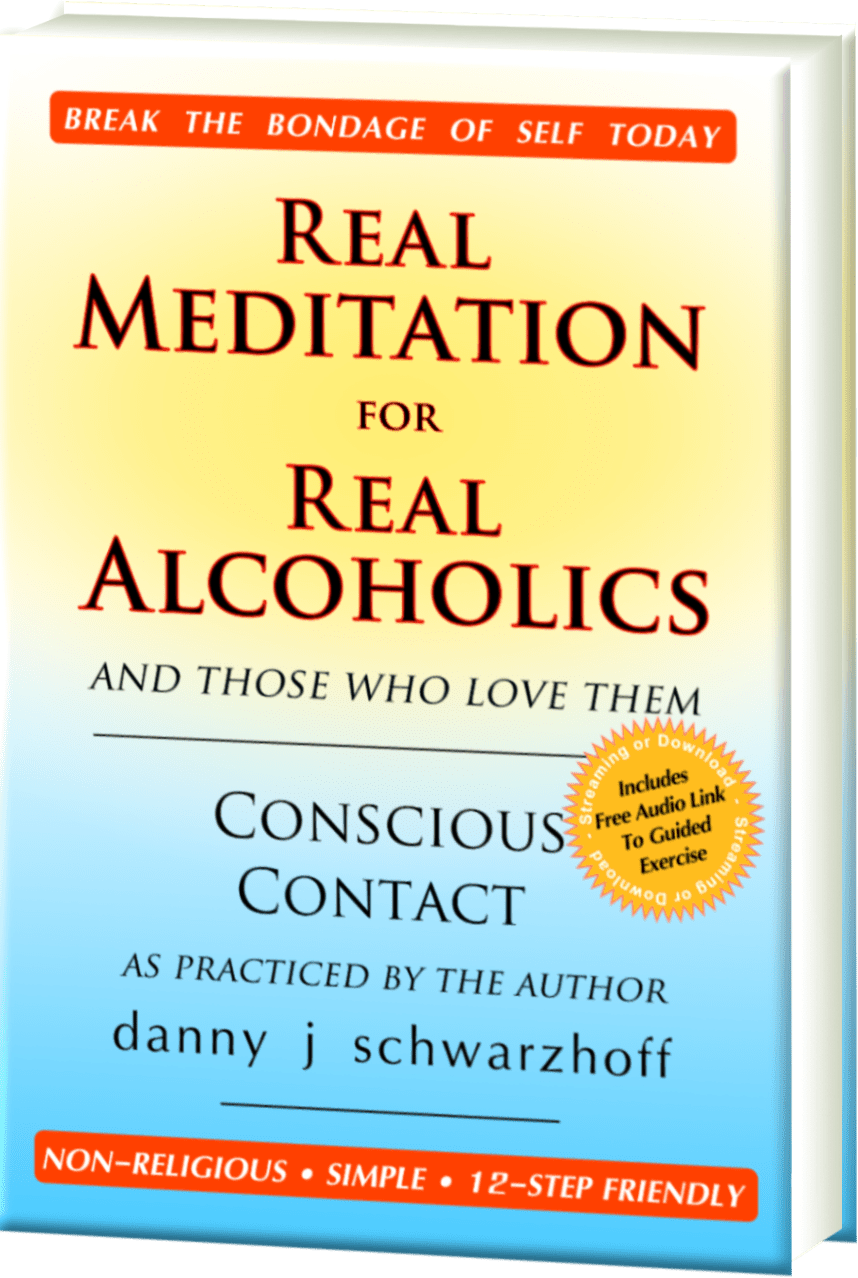
Is This Dish Prepared With Alcohol?


December 8, 2017
Can a “sober” alcoholic safely consume chocolate liquor? What are angostura bitters? Is liquore the same as liquor? What about those little cherry cordials? And what the heck is sugar alcohol anyway? Is it safe for an alcoholic to have in food?
Haven’t you always wanted to know this stuff?
It has become idiomatic that Christmas can be an emotionally risky time for many people. For alcoholics this can be especially so. There’s a mental trickiness, where emotions, evoked by memories and family associations, can spell a hard time. (I’m addressing the mental aspects in another piece soon. Stay tuned.)
But there is also a physical trickiness. That’s what this article is about.
Many of the alcoholics I work with either are already, or have been involved with AA. Most who’ve been exposed to the tenets of that fellowship believe that a real alcoholic, at least by AA’s own description, has developed a sensitivity to EtOH that precludes him from ever safely having any. At all!
Even a single, starting drop will trigger a physical response, and he won’t be able to stop. Miracles do happen, of course. But those can take a long while. Until then, no recovered alcoholic can tolerate any alcohol whatever in his system, lest it set off a physical phenomenon, an irresistible craving for more.*
This is why “true,” “actual,” “real” alcoholics remain completely abstinent if they are to stay sober at all. Much like a diabetic to sugar, even a trace amount of the stuff can set off the crave condition.
So, here are some alcoholic holiday basics that every real alcoholic has to know to keep safe during the Holiday Season. Christmas, Hanukkah and New Years are famously filled with eating, drinking and making merry. (Whatever that is.)
Liqueur – NOT SAFE
(pronounced, “lick–your”) – It is a sweetened alcohol flavored with fruit, cream, herbs, spices, flowers or nuts. Also known as cordials or schnapps.
A good example is Crème de Cacao, a “Chocolate liqueur.” It can contain anywhere from 20 to 25% alcohol. That’s 40 - 50 proof!
How at about cordials. Not everything called a cordial is alcoholic. But if it’s in a glass, then it’s probably booze. Some confections are called cordials and are safe. Mrs. Cavanaugh’s Cherry Cordials contain no alcohol at all. It’s made with “chocolate liquor” which is fine – (see below). Most commercially produced cherry cordials do not have alcohol but homemade cherry cordials may.
Anything homemade is suspect. People will secretly add booze to everything, without telling, believing it to be their “secret ingredient” to a successful, beloved home recipe. This is very common so beware.
Liquor – NOT SAFE
(pronounced, “lick – er”) – a distilled beverage, spirit, or liquor is an alcoholic beverage containing ethanol that is produced by distilling (i.e., concentrating by distillation) ethanol produced by means of fermenting grain, fruit, or vegetables. [1] This excludes un-distilled, fermented beverages such as beer, wine, and cider.
Liquore – NOT SAFE
(pronounced, “lick – ore”) – with an e at the end of liquor. It is simply Italian for “liquor,” booze.
Chocolate liquor – SAFE
or cocoa liquor, is pure chocolate in its liquid form. It’s the stuff the commercial bakers and producers use to add chocolate to their foods. They buy chocolate nibs, the center (meat) of the cocoa bean. When ground, the nib becomes chocolate liquor. It contains both cocoa solids and cocoa butter in roughly equal proportion.
It is made from cocoa beans that have been fermented, then dried, roasted, and husked. The beans are ground into “cocoa mass” or a “paste.” The mass is melted down to become the “liquor” which is then is cooled down and molded into blocks of unsweetened baking chocolate, or “bitter chocolate.”
Chocolate liquor contains roughly 53 percent cocoa butter (fat), about 17 percent carbohydrates, 11 percent protein, 6 percent tannins, and 1.5 percent theobromine which, believe it or not, can be used to dilate blood vessels. It’s also a diuretic as well as a heart stimulant. Frankly, my heart arouses at the mere thought of dark chocolate, which has been a problem the whole time I have been writing this article - but that’s just the vestige of an old fixation.
A product labeled “Ghirardelli Bittersweet Chocolate Dark Chocolate” indicates the product contains a minimum of 35% chocolate liquor. This is totally safe! Mrs. Fields chocolate cookies contain Sugar, Chocolate Liquor, Cocoa Butter, Butter Oil, Soy Lecithin. Again SAFE!
Sugar Alcohol – SAFE
Sugar alcohols occur naturally in plants although they are carbohydrates, like sugar and alcohol, they are a different variety called “polyols.” These are more closely related to anti-freeze than to our potable friend, EtOH, and are not actually sugars, and not really alcohols either.
So, what’s with the name? Who knows. But you may recognize them as artificial sweeteners with names like maltitol, xylitol, and sorbitol. Ingest at will. Safe as milk.
Vanilla extract – UNSAFE
40% alcohol (80 proof). Not safe at all.
Angostura bitters - UNSAFE
44.7% alcohol, used as an added flavoring in some cocktails. Think “Singapore Sling.” (Which no one in Singapore ever orders by the way.)
Now, what about...
Chinese Takeout and Restaurant Food - UNSAFE
Nearly all Chinese chefs and cooks use rice wine when cooking in many of their dishes. Ditto for French cooking and many Italian dishes too. If you ask not to use it, your request is likely to be met with a cheery attitude but behind the doors, many cooks will not bother. They may reduce its use, believing if you can’t detect by taste or feel the effects (sense “tipsy”) then they will have complied sufficiently.
People, frequently even people in AA meetings, do not understand alcoholism. So what hope does the foreign chef or line cook in the kitchen of your favorite eatery have of getting it?
Generally, if you eat Chinese food, assume you will ingest some alcohol. If you are a real alcoholic, then depending upon the degree of your sensitivity, your body is going to react.
There are many kinds of “alcohols” – just as there are many kinds of “sugars.” If you do the research, I did many years ago, you will find that the kind of trace alcohols that might naturally occur in food products, although termed “alcohol,” are not the same kind of “alcohol” to which alcoholics have developed physical sensitivity.
Hence, while an alcoholic does need to watch out for the 80 proof in vanilla extract, which is the same stuff, he generally does not have to worry about fruit juices, vinegars or bread.
There could be traces of naturally occurring stuff in any of those products that qualify as an “alcohol” but is not of the same chemical composition as the product he abused while escaping his conscience drinking.
Structurally they are close, about as close as sugars, but still not the exact same product, hence does not have the same effect on the body.
This includes fruit juices and other products that may become subject to fermentation.
You’ll find people in AA meetings, pronouncing to be “Alcoholic,” who still eat Tiramisu and moo-shoo pork, with impunity. They shop and eat any food they wish with no fear of triggering the craving response. They aren't the AA “true” alcoholics since they do not fit AA's "description of the alcoholic" - and the rooms of AA are filled with them.
Of course, there may also be a consideration for a miraculous physical healing. Is your concept of God that powerful? Or is He limited to non-alcoholic physical healings—stuff like cancer and arthritis?
And finally, this is the time of year when we start baking and cooking more. And so a Cautionary Warning is in order for all cooks, especially those who have family members that cannot ingest alcohol, or if they themselves are alcohol sensitive, seems appropriate.
It is a widely spread myth that alcohol burns off when cooking. It doesn’t!
Alcohol added to a recipe may cook off somewhat, but not completely. The amount depends on how long you cook it. Rena Cultrufelli of the USDA prepared the following table of alcohol content in cooked foods. It provides some very interesting information. You can compare your recipe directions to this table to determine how much alcohol is left.
Preparation Method and Percent Retained
- Alcohol added to boiling liquid and removed from heat - 85%
- Flame - 75%
- No heat; stored overnight - 70%
- Baked, 25 minutes, alcohol NOT stirred into mixture - 45%
Time Baked/Simmered (Stirred into Mixture) and Percent Retained
- 15 minutes - 40%
- 30 minutes - 35%
- 1 hour - 25%
- 5 hours - 20%
- 2 hours - 10%
- 5 hours - 5%
For those who cannot safely ingest alcohol in any form this is critical knowledge and it would be wonderful for all to eliminate ETOH out of recipes. Children, pregnant women, and many adults would appreciate it.
However, for a real alcoholic, fitting AA’s “our description of the alcoholic” an implacable degree of vigilance is necessary.
I hope many of you find the following information helpful, not only now but through the rest of year. Keep it safe. Remain vigilant. And Merry Christmas!
*AA’s don’t generally think they’ll ever heal physically from their sensitivity and misinterpret their Big Book in support of this myth, but never the less, most AA’s in the fellowship haven’t healed physically yet, and so vigilance is vitally important for them.
Share this blog article with your friends!
[fbcomments]













